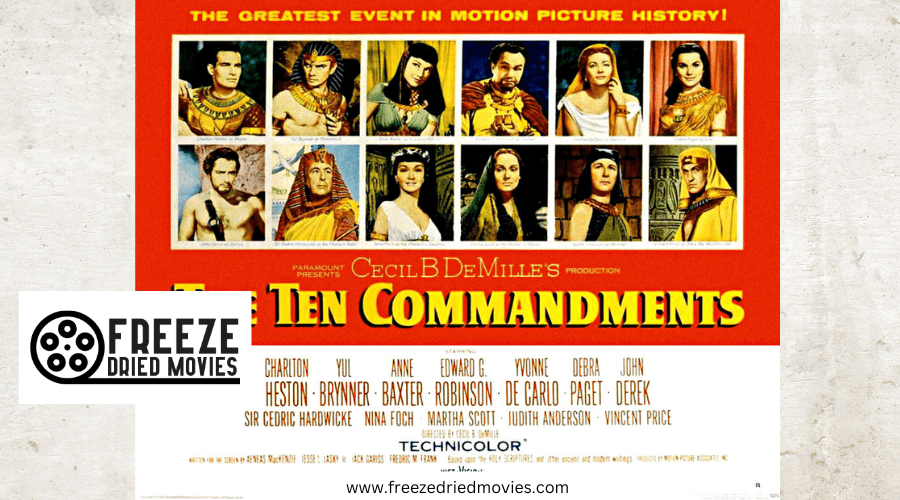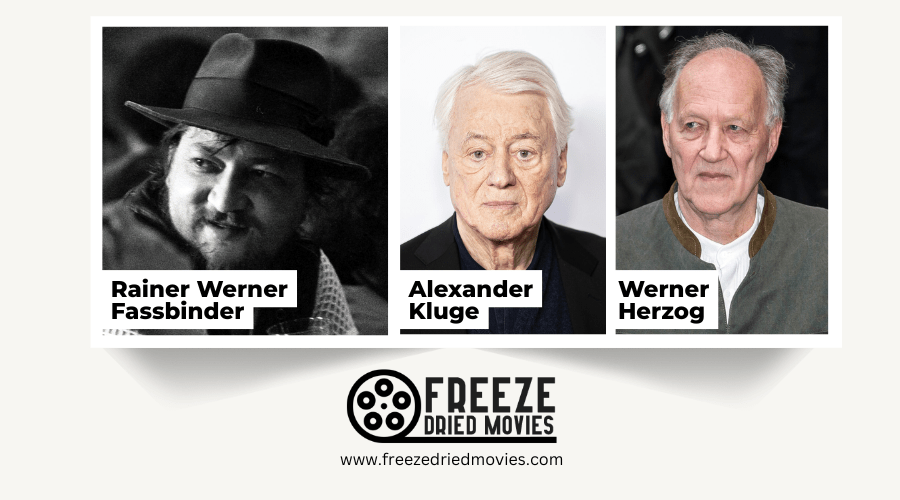Special Effects in the 1960s: The Road to Modern Blockbusters

The 1960s revolutionized special effects through groundbreaking innovations you'll recognize in today's blockbusters. You'll find Ray Harryhausen's expert stop-motion animation in films like Jason and the Argonauts, while Stanley Kubrick's 2001: A Space Odyssey pioneered motion-controlled cameras and front projection techniques. These advancements, combined with practical effects and miniature photography, created a foundation that modern filmmakers still build upon. Uncover how these visionary artists transformed impossible dreams into cinematic reality.
The Birth of Modern Special Effects Techniques
While early filmmakers relied on simple camera tricks and practical illusions, the 1960s marked a revolutionary period that altered special effects forever. You can trace this evolution back to The Ten Commandments, which set the stage with its ambitious Red Sea sequence, and Godzilla's innovative man-in-suit techniques with miniatures. These foundations paved the way for Ray Harryhausen's transformative stop-motion animation in Jason and the Argonauts.
The real watershed moment came with 2001: A Space Odyssey, when Kubrick introduced front projection and motion-controlled cameras that would influence decades of sci-fi films. These innovations didn't stop in the '60s - they directly influenced later landmarks like Jaws, where Spielberg's creative on-location filming techniques proved that special effects could serve storytelling rather than just spectacle. Matte painting techniques allowed filmmakers to blend fantastical landscapes with live-action footage, creating seamless visual experiences that transported audiences to new worlds.

Ray Harryhausen's Stop-Motion Revolution
Among the towering figures of 1960s special effects, Ray Harryhausen stands as a true revolutionary who reinvented fantasy filmmaking through his skilled stop-motion animation. His exacting frame-by-frame animation brought mythological creatures to life with unparalleled realism and immersion.
You'll find his pioneering work in classics like Jason and the Argonauts and The Beast from 20,000 Fathoms, where his seamless integration of stop-motion with live-action elements changed cinema forever.
Building upon the groundbreaking stop-motion animation techniques first showcased in 1933's King Kong, Harryhausen elevated the artform to new heights.
- His skeleton battle scene in Jason and the Argonauts became a landmark achievement in special effects
- He inspired generations of filmmakers who'd later create modern blockbusters
- His techniques led to a surge in fantasy and sci-fi movie popularity
- Pixar honored his legacy by naming a restaurant "Harryhausens" in Monsters, Inc.

Breakthrough Innovations in Miniature Photography
During the late 1960s, Stanley Kubrick's 2001: A Space Odyssey revolutionized miniature photography with innovative techniques that would define visual effects for decades to come. You'll find that Kubrick's revolutionary approach combined motion-controlled cameras with carefully crafted miniature models to achieve unparalleled realism in depicting space travel and futuristic environments.
The film's technical innovations didn't stop there. By implementing experimental techniques like front projection and slit-scan photography, Kubrick's team created optical effects that transformed how filmmakers approached special effects. The precision camera movements and attention to detail in the miniature photography established new industry standards that you can trace directly to later blockbusters, particularly in the Star Wars series.
These pioneering methods proved that miniature models, when filmed with innovative technology, could create truly convincing otherworldly sequences. Much like CinemaScope's anamorphic lenses had transformed visual storytelling in the 1950s, these groundbreaking miniature photography techniques forever changed how audiences experienced special effects in cinema.
The Impact of 2001: A Space Odyssey
Beyond its artistic merits, 2001: A Space Odyssey altered the milieu of special effects through its pioneering technical accomplishments. Stanley Kubrick's masterpiece revolutionized visual storytelling by assembling an in-house effects team that pushed the boundaries of what you'd expect from practical effects.
The film's innovative use of miniature models, front projection, and motion-controlled cameras set new standards for space cinematography.
Key innovations that shaped modern blockbusters:
- Introduction of automated, precision camera movements for complex space sequences
- Pioneering use of front projection and detailed miniature modeling
- Revolutionary slit-scan photography for the psychedelic Star Gate sequence
- Development of optical effects that influenced generations of filmmakers
You'll find these technical achievements echoing throughout cinema history, as 2001's pioneering effects work continues to inspire filmmakers today.
Practical Effects and In-Camera Magic
The evolution of practical effects in the 1960s marked a revolutionary era that built upon earlier innovations like those seen in The Ten Commandments and Gojira. Building on the success of the parting of the Red Sea sequence and techniques like matte paintings and man-in-suit effects, filmmakers pushed the boundaries of in-camera magic even further.
Directors began assembling their own in-house effects teams, combining techniques like miniatures and front projection to create more convincing illusions. These innovations reached their peak with 2001: A Space Odyssey, which expertly integrated reaction shots and sophisticated practical effects to achieve unparalleled realism in its zero-gravity sequences.
You'll find this decade's most pioneering achievements in films like Jason and the Argonauts, where Ray Harryhausen's stop-motion effects revolutionized practical special effects.
How the 1960s Shaped Hollywood's Future
Special effects innovations from the 1960s revolutionized Hollywood's approach to filmmaking, setting the stage for modern blockbuster cinema. When you look at today's motion pictures, you'll see the lasting impact of pioneers like Ray Harryhausen, whose stop-motion animation in films altered the industry.
The success of movies like Gojira and The Ten Commandments proved that audiences craved spectacular visual effects, while 2001: A Space Odyssey's pioneering techniques changed everything.
Key innovations that shaped modern Hollywood:
- Front projection and slit-scan photography from 2001: A Space Odyssey
- Stop-motion animation techniques perfected in Jason and the Argonauts
- Practical effects that influenced generations of filmmakers
- Miniature model work that's still relevant in today's productions
These developments convinced Hollywood studios to invest heavily in special effects, forever changing how we experience movies.




